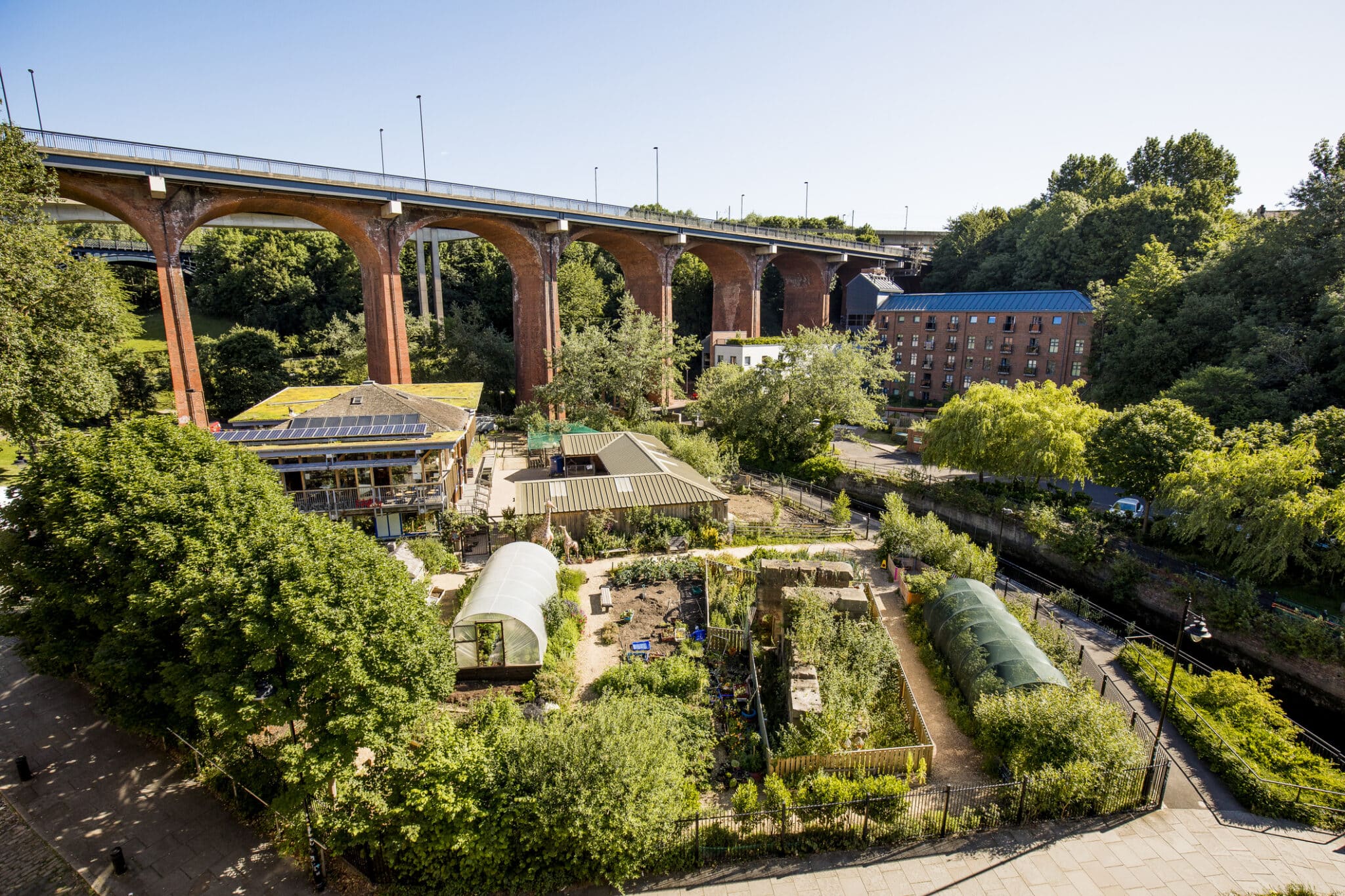Get This Report on City Blooming
Table of ContentsThe City Blooming PDFsCity Blooming Fundamentals ExplainedOur City Blooming Ideas6 Easy Facts About City Blooming ExplainedCity Blooming Fundamentals Explained
Fascinated in expanding food available in the City of Chicago? Thinking regarding starting a neighborhood yard? Changes to the Chicago Zoning Statute permit farming uses like community yards and urban ranches in many components of the city. Below is a checklist of frequently asked inquiries regarding the rules and regulations that growers ought to think about when planning a city farming project.
The zoning modification does not customize any kind of various other codes managing composting, structure permits, purchasing or renting City had residential property, service licenses or environmental contamination. There are existing codes that manage these problems and they stay in full effect and may apply to your project. Area gardens are generally owned or handled by public entities, civic organizations or community-based companies and preserved by volunteers.
Urban ranches expand food that is intended to be marketed, either on a nonprofit or for-profit basis. Due to their business purpose, city ranches call for an organization certificate.
The Facts About City Blooming Uncovered
Composting is permitted but only for plant material that is created and utilized on site. The amount of garden compost material can not go beyond 25 cubic lawns at any offered time according to the requirements in 7-28-715 of the City's Municipal Code. Yes. Because the dirt at most new garden sites requires changing, garden compost, soil, wood chips, or various other products can be obtained to construct or boost the growing room - City gardening.

If a structure authorization is required after that the hoophouse will be thought about an accessory structure. You can discover out more concerning the building license requirements by contacting the Division of Buildings. The 25,000-square-foot size restriction is meant to prevent a single community yard from dominating a given block or diminishing the block's existing property or industrial character.
The restriction does not relate to gardens found in Public Open Room (POS) areas. Can there be greater than one neighborhood yard that is 25,000 square feet on a single block? Yes. The size limitation relates to specific gardens, not to private blocks. No. Fencing is not called for, however, yards that have large parking lot may be called for to install fence or other landscape design features.
City Blooming - The Facts
B1 & B2 areas call for that all industrial use activities be carried out inside. R areas limit industrial activity. The regulations show the objective and intent of the Zoning Code. Is fence required for urban farms? Yes. Fences might be needed, in addition to landscaping and testing, for certain auto parking areas and outdoor work or storage space locations depending on area and the specific task happening.
Yes. Urban ranches require structure permits and zoning authorizations prior to building and construction. Various other forms of city review might be needed depending on certain frameworks, activities, size, landscape design, licensing, public health and stormwater management concerns. Numerous of these demands are recognized in the task layout or allowing procedure, however, the candidate may be responsible to individually determine specific licenses or allows that might be called for.
The description Department of Business Affairs and Customer Defense can help figure out the specific type of service license that's called for. Off street auto parking is needed for the majority of commercial jobs in Chicago. The called for number of car park areas is based on the number of employees working on site and not the square footage of the growing area.
Some Known Details About City Blooming
:max_bytes(150000):strip_icc()/womanonrooftopurbangarden-7fffbb3897ac48f390d94b9545d4d082.jpg)
Yes. An urban farm can market compost product produced on site, however, the operation needs to follow the policies in 7-28-715 of the Chicago Municipal Code. Yes. Aquaponic systems are enabled inside your home on urban farms in several zoning districts. A zoning testimonial and structure authorization is called for in order to mount structures or systems and a company certificate is called for as defined above.
Up to 5 hives or swarms of honey bees might be maintained as an accessory use. Nevertheless, beekeepers need to register with the Illinois Division of Agriculture. For additional information regarding the suggested zoning change you may contact the Division of Housing and Economic Growth, Bureau of Planning and Zoning at 312.744.8563.
Farming in cities and urban locations A metropolitan ranch in Chicago. Urban agriculture describes various practices of cultivating. https://www.abnewswire.com/companyname/cityblooming.com_137622.html#detail-tab, processing, and dispersing food in city areas. The term additionally relates to the location activities of animal husbandry, tank farming, beekeeping, and gardening in a metropolitan context. Urban farming is identified from peri-urban farming, which occurs in backwoods beside residential areas.
About City Blooming
It can entail a motion of organic growers, "foodies" and "locavores", that seek to create social networks established on a common principles of nature and neighborhood holism. These networks can develop by way of formal institutional assistance, becoming integrated right into regional town as a "change town" motion for lasting urban growth.
In either case, the a lot more straight access to fresh vegetable, fruit, and meat items that may be become aware through city farming can enhance food security and food security while decreasing food miles, causing reduced greenhouse gas exhausts, thereby adding to environment modification reduction. A few of the first proof of urban agriculture originates from Mesopotamia.